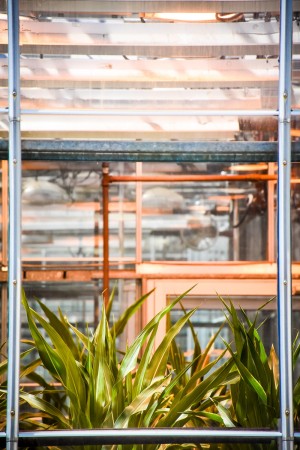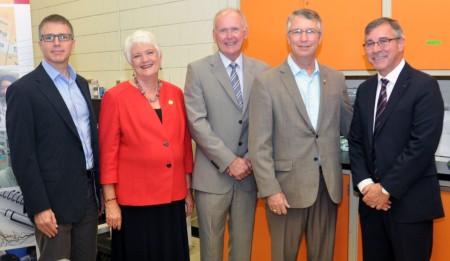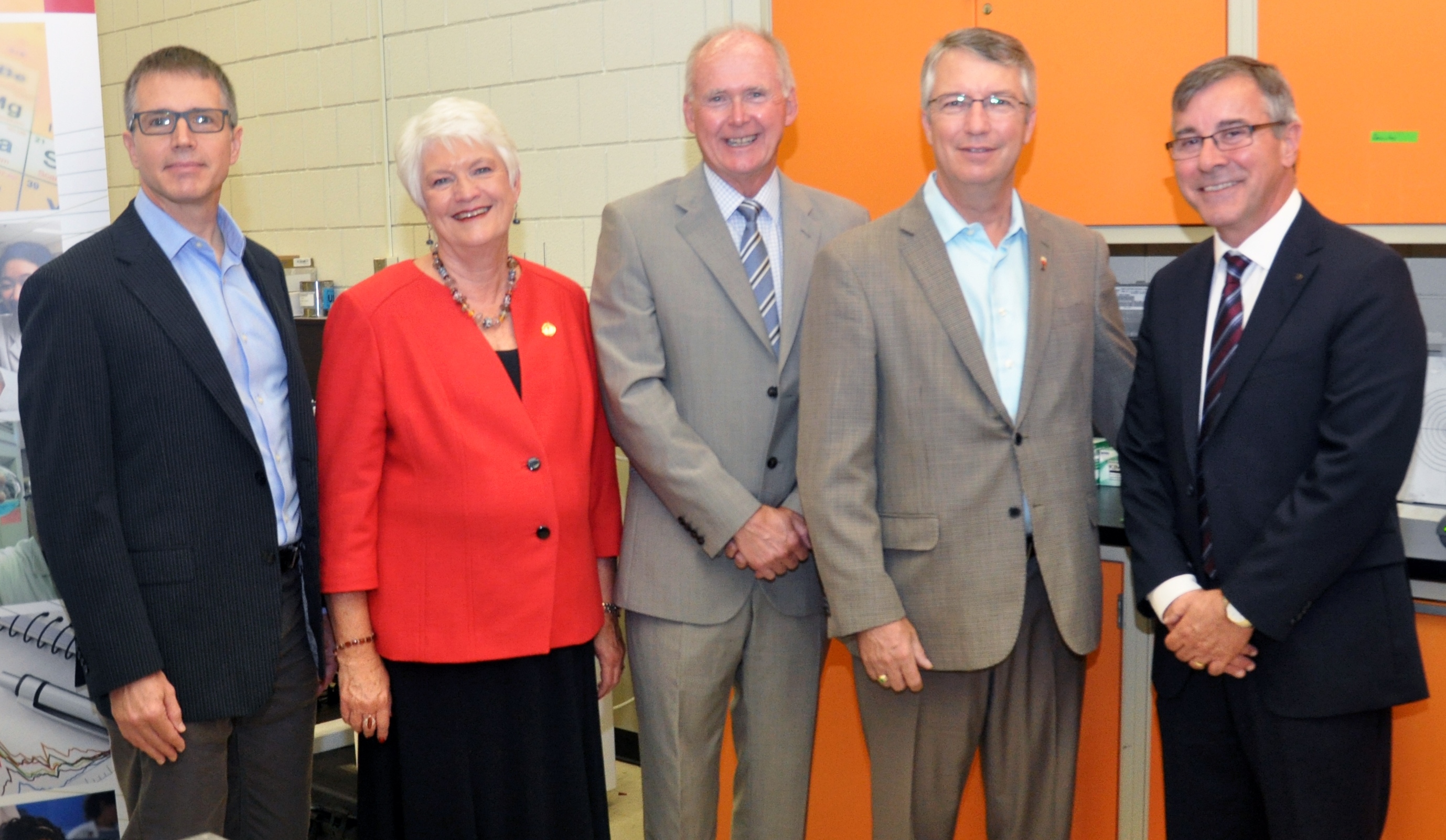The University of Guelph will receive more than $30 million from the federal and provincial governments to enhance research and innovation facilities.

The funding will allow the University to undertake one of its largest-ever infrastructure improvement projects, involving six initiatives across campus.
“This critical investment will allow us to expand our world-class facilities and the reach and impact of U of G innovations,” said president Franco Vaccarino.
“The new spaces and resources will also facilitate the exchange of new ideas and opportunities, providing benefits for decades to come.”
The funding was announced on campus today by Lloyd Longfield, MP for Guelph, and Liz Sandals, MPP for Guelph-Wellington and president of the Treasury Board.
Most of the new support — $26.2 million – will come from the federal Post-Secondary Institutions Strategic Investment Fund (SIF). The province will commit $4.7 million. The University will contribute $35.7 million, for a total investment of $66.6 million.
The SIF funding is the third recent significant infrastructure investment the University has received from the government. The province gave $23 million in March for enhanced teaching and learning spaces and advanced surgery facilities at the Ontario Veterinary College, and $12 million was committed last fall to relocate the turfgrass research institute.
“Today’s announcement means our students will have access to state-of-the art facilities, enabling research, collaboration and innovation,” Vaccarino said.
“It will yield positive economic, scientific, environmental and societal benefits in Canada and beyond.”
A key SIF project is a dedicated bio-carbon innovation and commercialization centre to be housed in U of G’s Bioproducts Discovery and Development Centre (BDDC).
As the first such lab in the world for enhancing bio-carbon manufacturing, this new bio-carbon centre will make plastics from engineered green composites and study their use in sustainable manufacturing, specifically the automotive sector.
The BDDC, which opened in 2008, aims to replace petroleum-based products in manufacturing and consumer goods with renewable, eco-friendly alternatives.
Other funded projects are:
- A biosafety level 2 production animal research isolation unit. U of G currently has the only facility in Ontario for housing production animals for infectious disease research. The new facility will allow additional research and training, and will improve researchers’ ability to identify and prevent threatening infectious diseases;
- A food innovation centre to accelerate research and innovation, foster industry partnerships and expand food manufacturing training;
- Expansions and renovations in U of G’s Library, including an innovative digital scholarship centre; new spaces for archives, special collections and reading rooms; a state-of-the-art media lab; and building upgrades;
- Renewal and renovation of research spaces in the MacNaughton Building, home to departments of chemistry, mathematics and statistics, and physics; and
- New research and collaborative spaces for computing science and engineering students and faculty in the Reynolds Building.
Announced in the 2016 federal budget, the Strategic Investment Fund is intended to enhance research facilities on Canadian campuses.
Ontario’s universities and colleges will receive more than $1.9 billion through SIF, with additional support from the provincial government, donors and post-secondary institutions.

